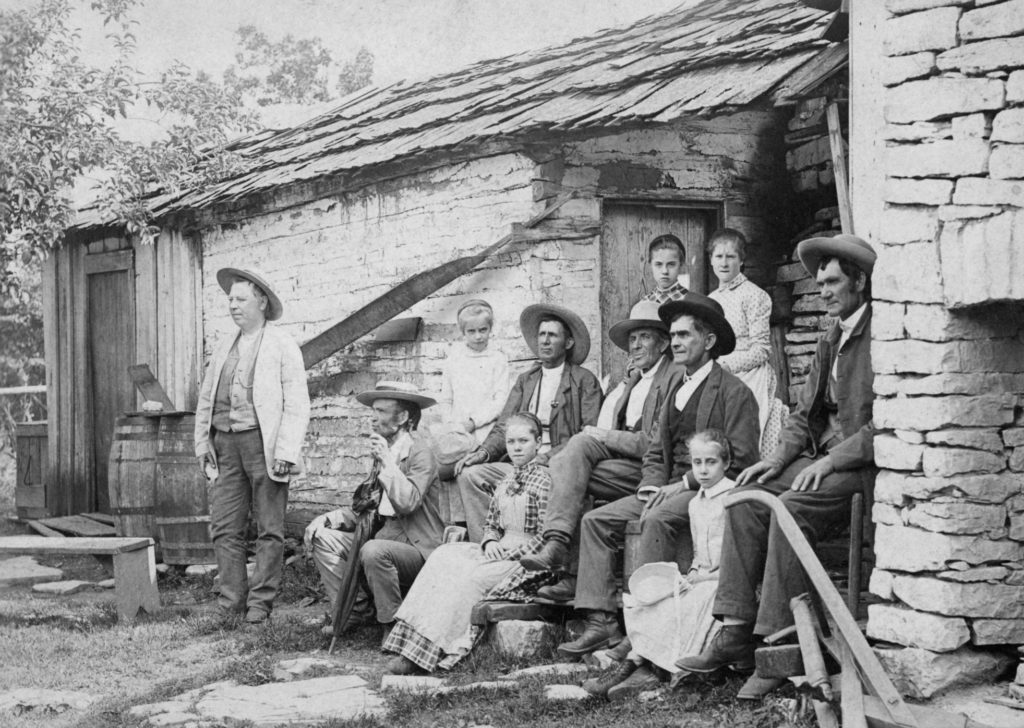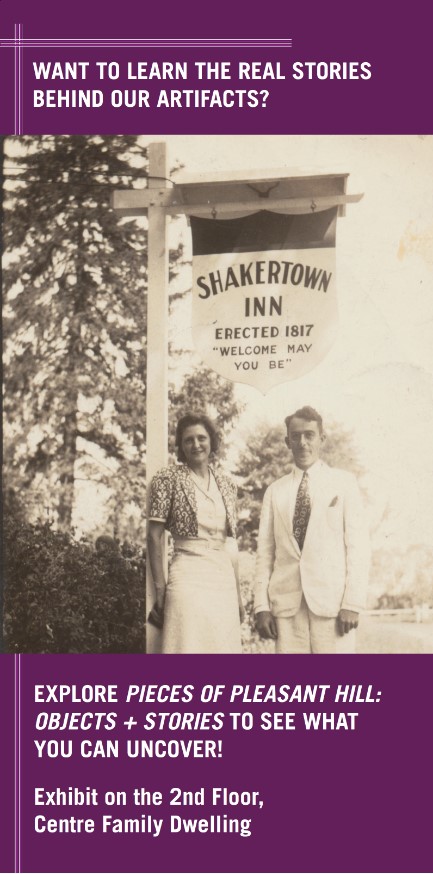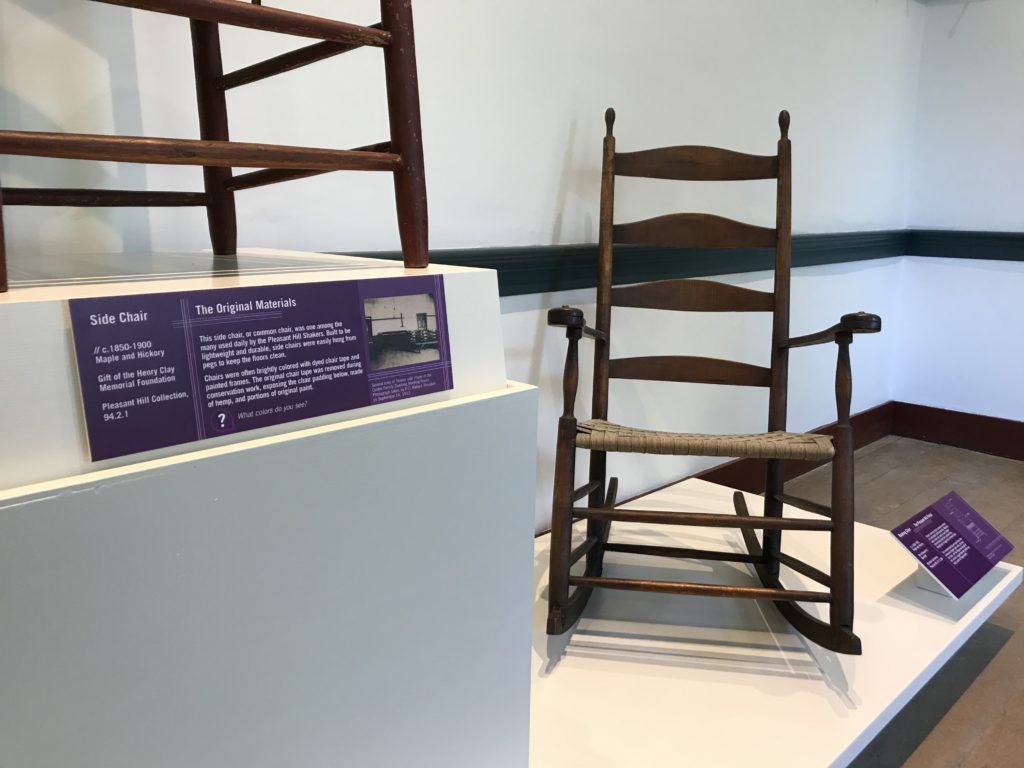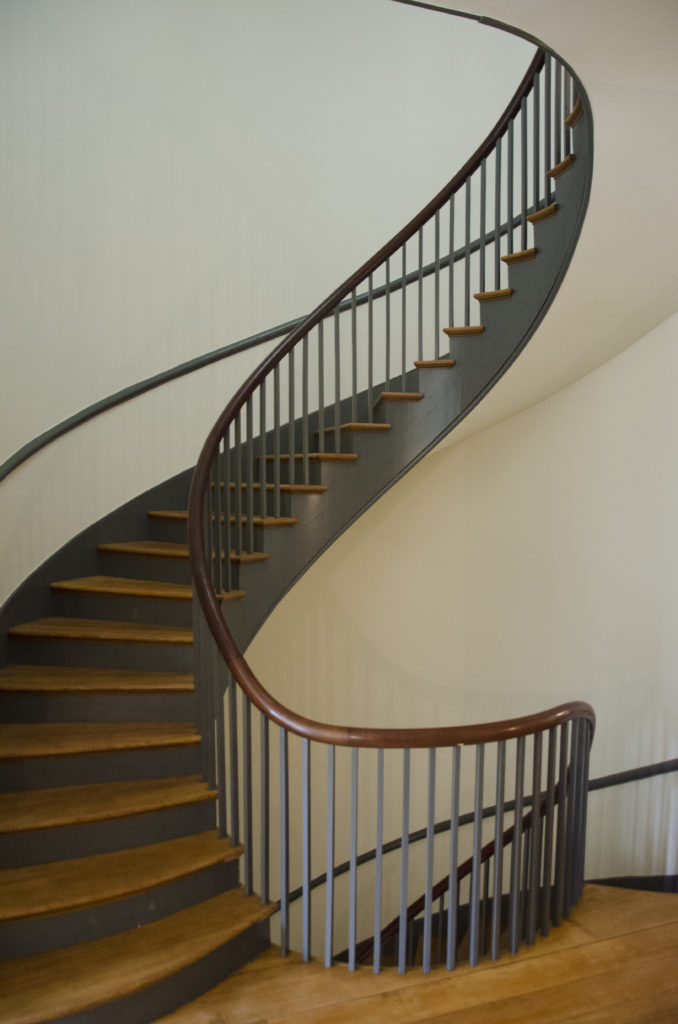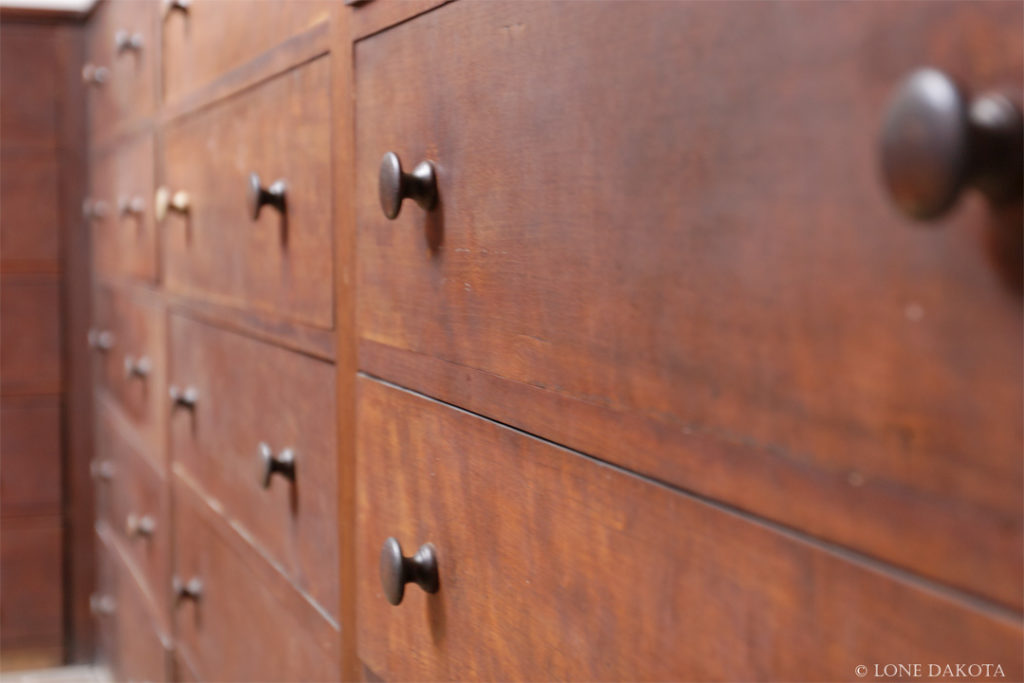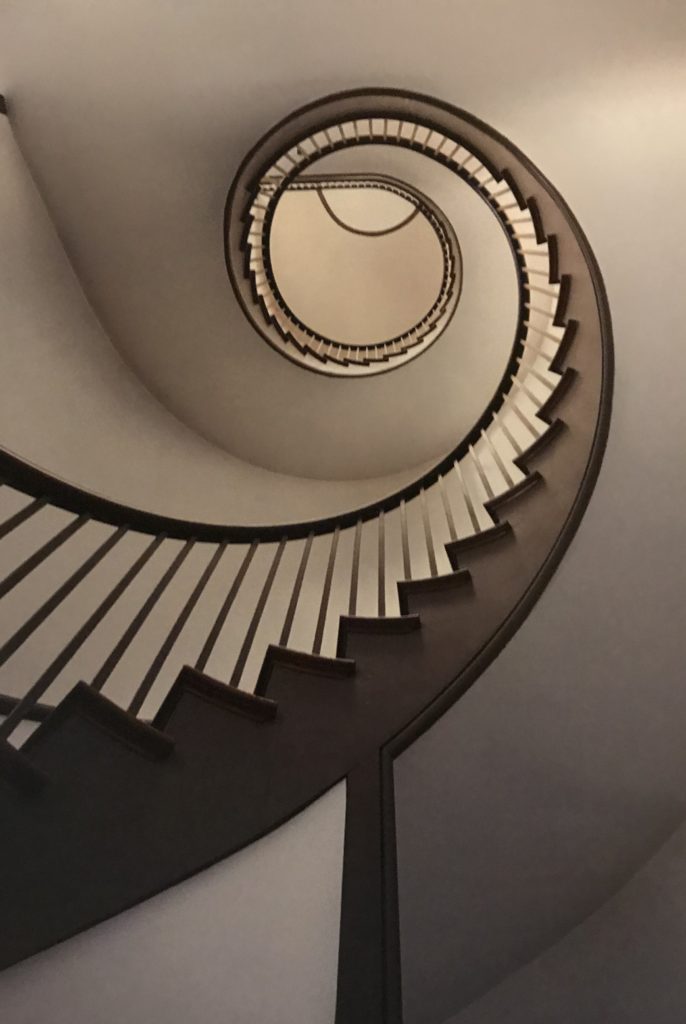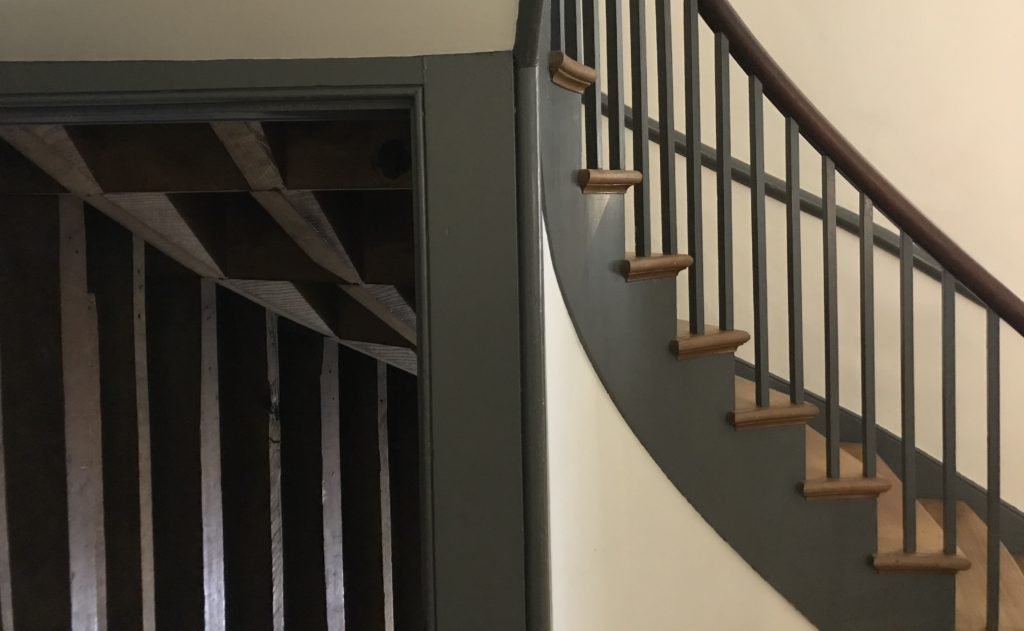Maggie McAdams, Education and Engagement Manager
Who was Sister Mary, and why are we trying to find her?
A born storyteller, Sister Mary Settles was by all accounts well read, well written, and loved to talk. She had a knack for effective, entertaining, and engaging communication.
“One of a few brilliant conversationalists now living. She will not only talk for publication but she does it so entertainingly and so accurately, that your only trouble lies in being able to keep up with the facts and dates, for which she has an alarming memory.” – Ella Hutchinson Ellwanger, 1919

Sister Mary arrived at Pleasant Hill in 1859 as a single mother of two young children. She claimed to be a widow, but records indicate that her husband, Frank Settles was still living at the time and married another woman in the early 1860s. No matter the circumstance surrounding her arrival, she found a refuge at Pleasant Hill and a place to call home for the final 64 years of her life.
Pleasant Hill’s Last Shaker
Sister Mary took on many roles in the community, notably as a leader and an educator, but one title often overshadows the rest, she was the very last Pleasant Hill Shaker. As the 19th century came to a close, the population of Pleasant Hill was dwindling. The Shakers decided to close the covenant in 1910, meaning they would no longer accept new members. With only twelve Shakers left, including Sister Mary, it was challenging to maintain buildings and grounds, so they deeded their property to a local businessman in exchange for his care in the final years of their lives. With this agreement, the remaining Shakers ensured that they would receive the care and support that they needed. With the buildings in private hands, more hotels and restaurants began to open, and more visitors started to pass through.
A Local Celebrity
Automobile tourism in the 1910s and 1920s meant that people were looking for countryside attractions, and this opened a new world of activity at Pleasant Hill. This coupled with a natural curiosity felt toward the Shaker sect, as communities were waning throughout the U.S. during this time.
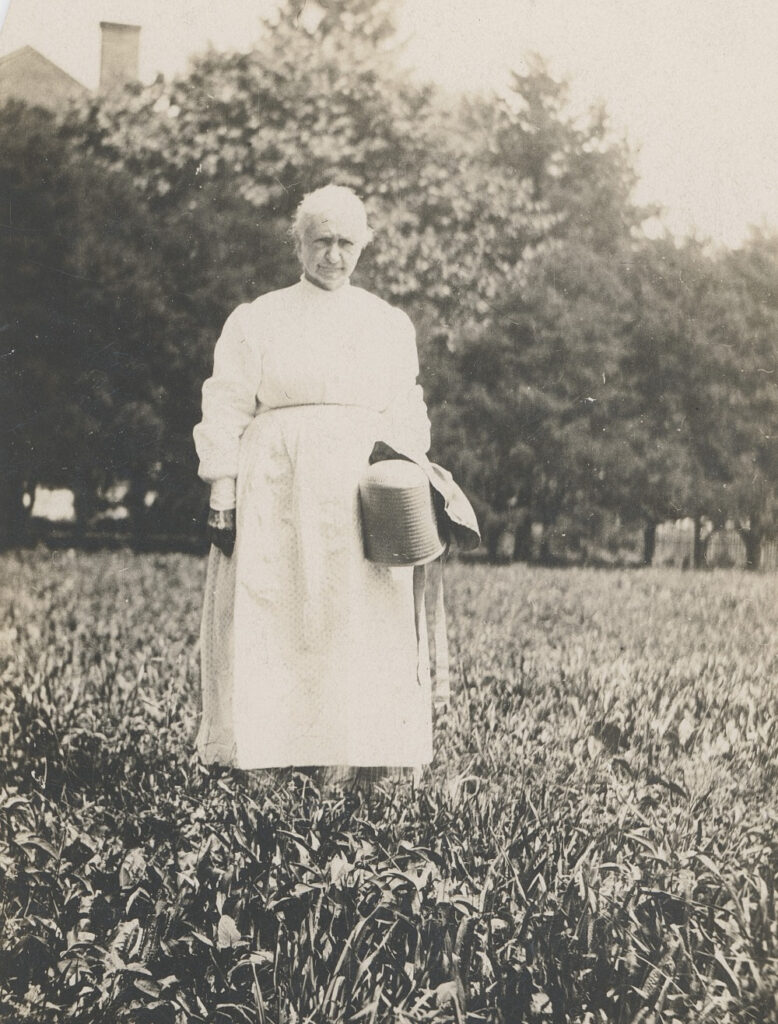
Because of this increased visitation, Sister Mary became a local celebrity and tourist attraction. With the passing of Brother William Pennebaker in 1922, her status as the last Pleasant Hill Shaker only intensified the public’s fascination with her and the community. Luckily for Sister Mary and the visitors alike, she was always ready for a good conversation.
At a time when the community and the religion were fading around her, and the world was closing in, Sister Mary decided to spend her time helping curious people of the world understand her way of life. She welcomed questions on the Shaker faith and kept up with the daily newspapers so that she could voice her opinion on all manner of topics. She eagerly contributed to discussions on women’s suffrage and when asked if she voted in the 1920 election, she claimed, “Of course, isn’t the equality of women part of our religion?” – The Courier Journal Sun, November 21, 1920. She lent her voice where she could, and she used her celebrity platform as a tool to educate and instruct, as any teacher would.
Sister Mary, Remembered
Sister Mary passed away on March 29, 1923, so on the centennial anniversary of her death, we ask, how should Sister Mary be remembered? By who she was, by where she lived, by what she did, or by how she made people feel?
At Shaker Village, we believe that studying the history of the Shakers, of Pleasant Hill, and of individuals like Sister Mary gives us perspective on our own beliefs, roles, and identities. Which begs the question: How will you be remembered?
Join us in exploring Sister Mary’s life at Pleasant Hill in our upcoming exhibit, Searching for Sister Mary located on the second floor of Center Family Dwelling.



